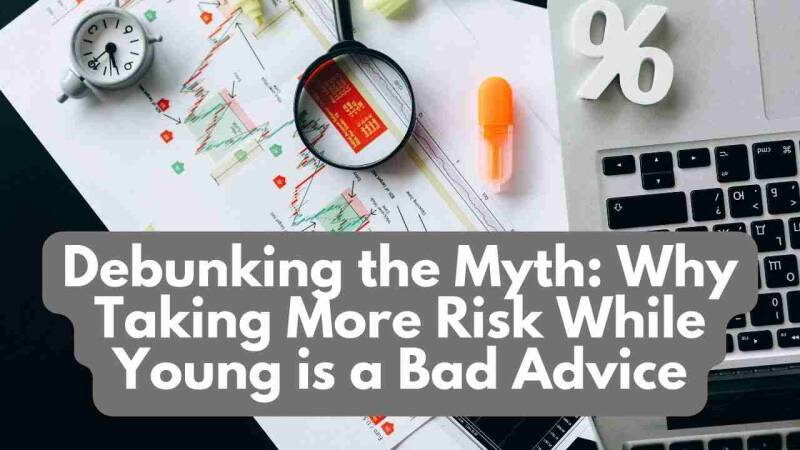
Contrary to what's commonly believed, the idea that young individuals can handle greater risks because they have the advantage of "time being on your side" is far from prudent advice.
Despite its widespread popularity, this guidance can be one of the worst things young investors could follow, especially if they don't grasp its true purpose.
In general, it's often good advice for younger individuals to consider investing in riskier but sound investment options that can offer higher rewards, like the stock market.
However, there are people who might not grasp the correct idea and end up losing their precious capital on unsafe investments like speculative penny stocks, cryptocurrencies, or even worse, getting caught up in investment scams.
In reality, the inverse holds true. The younger an individual is, the more cautious their investment approach to make the most of the extra time you have for your money to grow through compound interest. Rather than fixating on chasing high returns, it's better to focus on safeguarding your initial capital.
The Power Of Consistent Returns
Imagine a scenario where you achieve a consistent 6% annual return every year for 20 years with your investments.
Even if you make no remarkable gains, not losing any of your starting capital puts you in a better position than someone who undertakes substantial losses while young and experiences larger returns for the rest of the period.
It's important to understand that losing money when you're young messes up an important part of investing – letting compound interest to work its magic.
To illustrate, let's consider two hypothetical scenarios over a 20-year span:
Portfolio 1: An investor experiences occasional big losses earlier on, but achieve a higher average annual return of 14% on profitable years.
Portfolio 2: Another investor manages to secure a steady 6% annual return without encountering any loss during these years.

While the idea of achieving a 14% return might be tempting, the real highlight is the strength of safeguarding your investment and allowing your returns to accumulate.
From the table above, you can observe that even though portfolio 2 has lower returns, it ended up performing better than portfolio 1 in a 20-year period, which had 14% returns for most years, simply because it didn't experience initial capital losses.
This occurs because protecting your initial investment helps shield it from the negative impact of losses. The effects of taking more risk and dealing with losses, especially if they are significant, when you're young can have a significant impact. Essentially, these experiences hinder your investments from benefiting from the growing returns that time brings.
Stick To Strategies Proven To Drive Consistent Returns
Curious how you can achieve consistent and reliable returns? Well, there's good news – plenty of strategies can help you achieve just that. One such technique is the Wheel Strategy.
This strategy is a powerful way to systematically capitalize on market cycles: buy when prices are low and sell when they're high.
It is one approach I've been using since 2018, and I can attest to its reliable results. It's a practical way to steadily generate at least a 1% return every month over the long term.
Conclusion
Considering these insights, it becomes clear that safeguarding your initial investment and allowing your returns to compound over time make a big difference.
Surprisingly, even a 6% annual gain, which might not seem like a lot, actually does better than a 14% return portfolio on most years that experiences losses during the early years of investing.
The key point is simple - believing the idea of taking more risk when you're young don't have consequences is something that should be strongly challenged.
Add comment
Comments